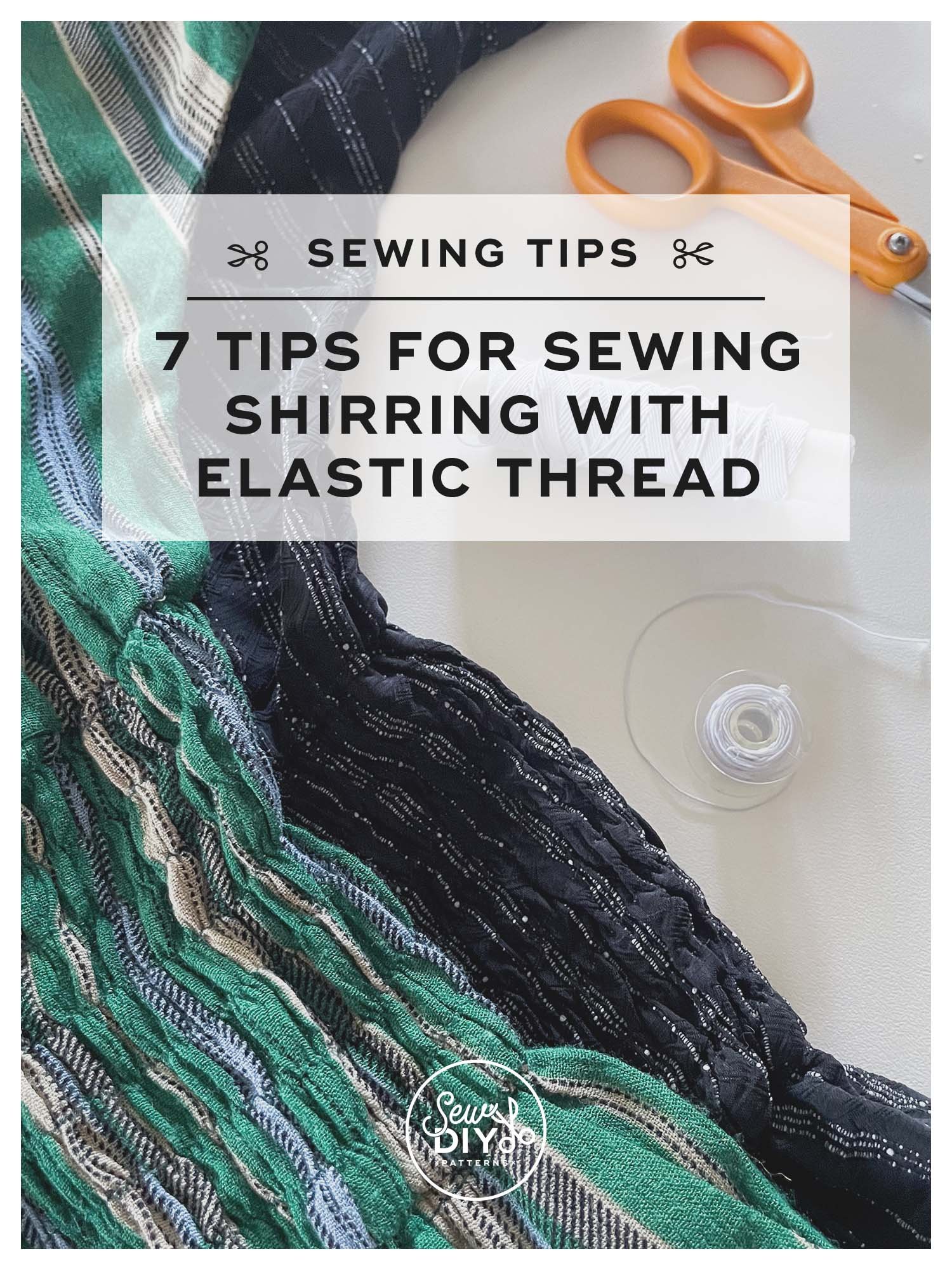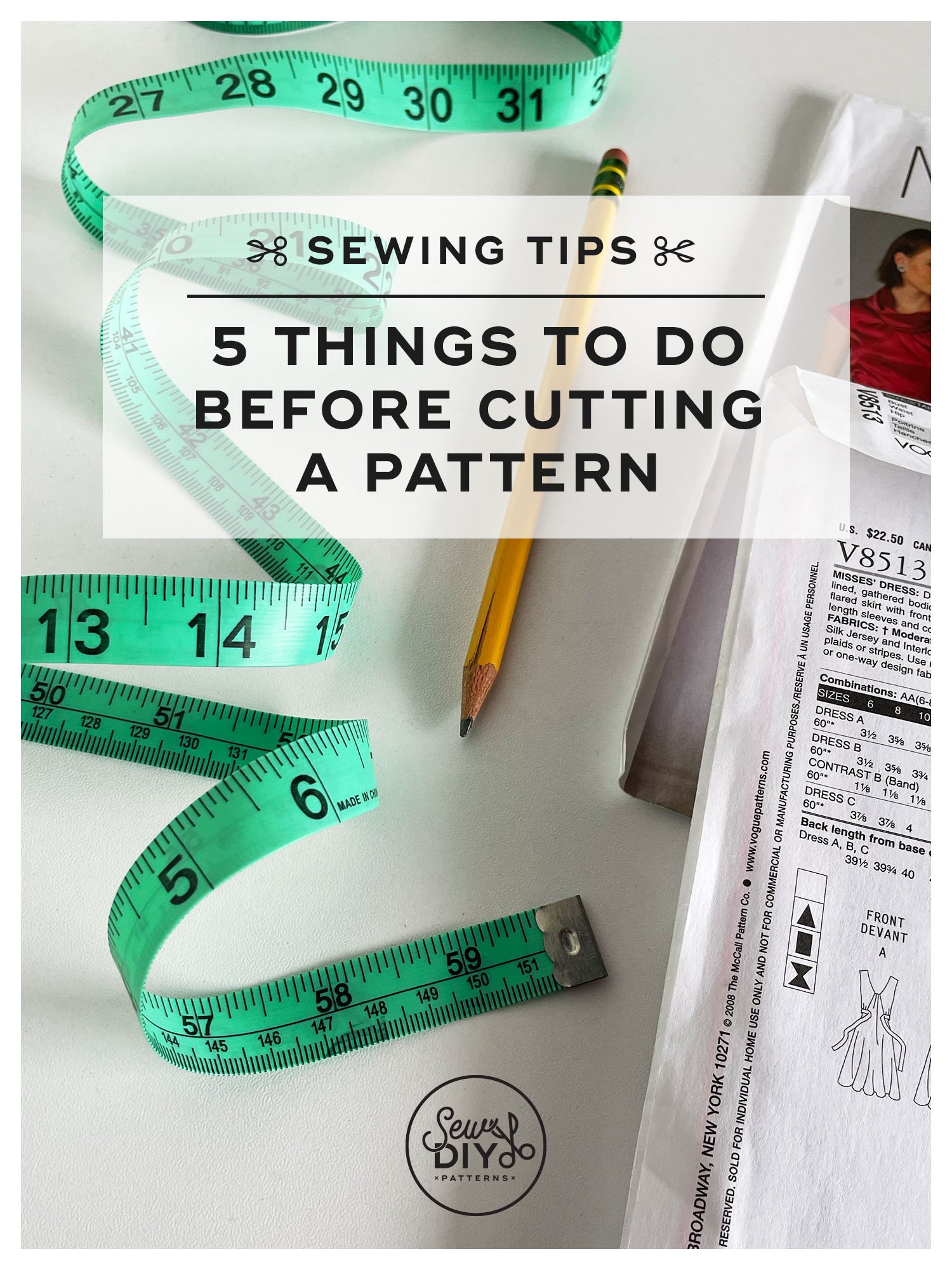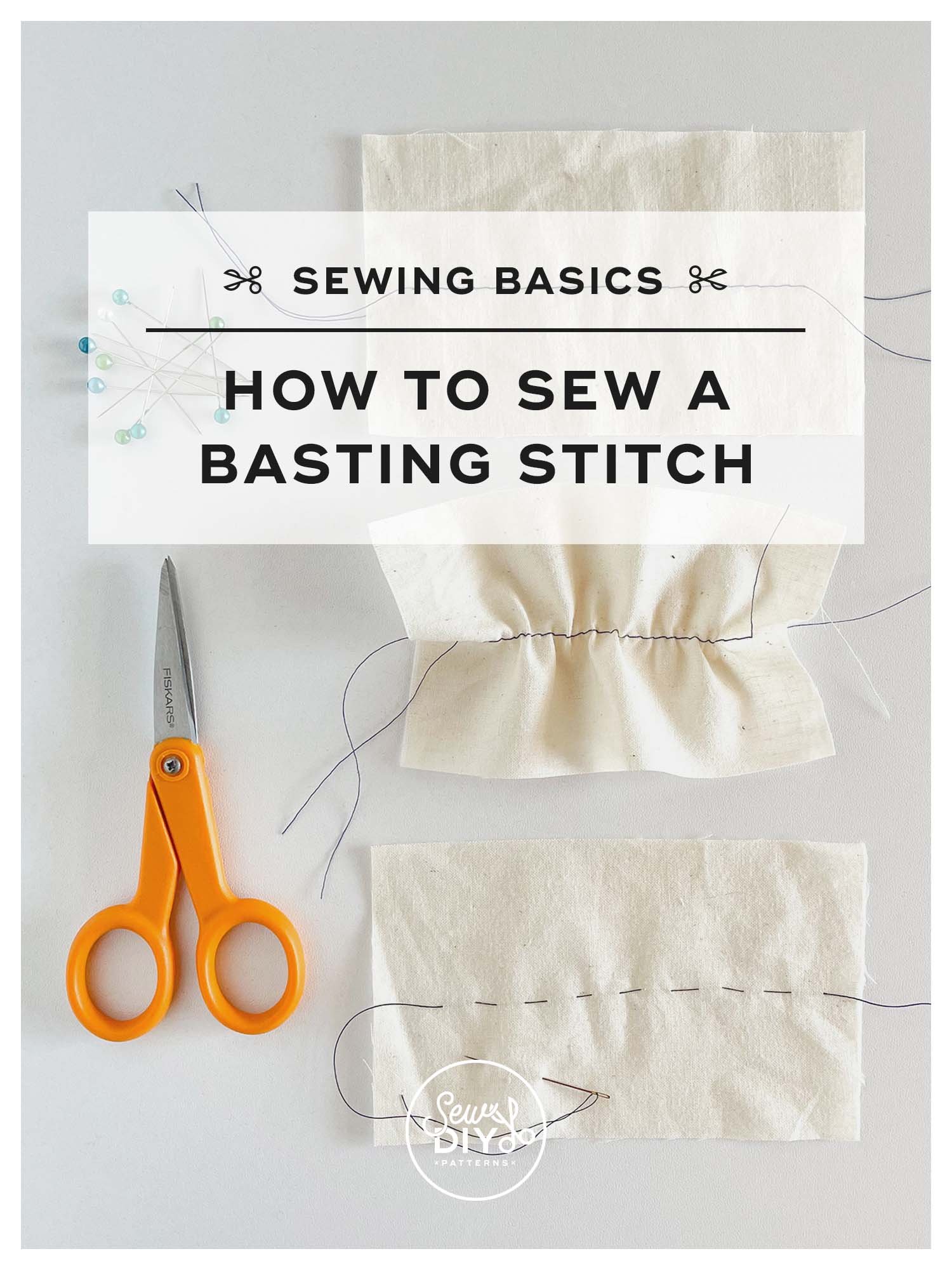There’s nothing worse than having to run out to pick up more supplies when you’re in the middle of a project. Of course, we could just plan ahead but when the muse strikes, don’t you just want to start making right away? Today, I’m sharing the five supplies that I always stock up on. These are the supplies that I know I will use over and over again. So when they’re on sale or I just happen to be in my favorite store, I make sure to throw a few in my basket. (By the way if you're a beginner sewist or helping out someone who is, make sure to check out my post – The Only 6 Tools You Need to Start Sewing. And just in case you're wondering how I define a tool versus a supply, I see tools as things that won't be used up and don't need to be replaced frequently. Supplies on the other hand are things that you can run out of.)
Five Sewing Supplies to Stock Up On
1) Thread
Whenever I’m at the store and thread is on sale, I make sure to buy some big spools of the colors I use all the time – white, black, navy and gray. Depending on your color preferences, you may want other colors too. I use gray all the time because it's one of my favorite colors and I've found that it also works well when sewing chambray.
2) Machine needles
Yes, it's true. You do need to replace your machine needles fairly frequently. Old needles can become dull and actually shred the thread and make your stitches look wonky (this can also be caused by the wrong type of needle for your fabric). There's debate about how long to use a needle (anywhere from 4 to 20 hours or sewing time). So, do what feels right for you. You can learn a little more about it here and here. Anyway, machine needles are a good supply to watch the sales for. I like to always have a good supply of universal and ball point needles in various weights. I also like to buy the big variety packs with multiple sizes. So whether I’m sewing woven or knit fabric, I’m ready to go.
3) Rotary blades
I never realize how badly my rotary blade needs to be replaced until after I change it and see how smoothly the new blade cuts the fabric. Just like thread and needles, you’ll always be cutting fabric and blades never expire. You’ll save a lot of time and headache swapping to a fresh blade.
4) Zippers
I can’t even count the number of times I had all the supplies I needed except for a zipper. These days I try to stock up on the zippers that I know I'll use frequently. For me, that's a few dress length invisible zippers in black and white. You might want to stock up on jeans or skirt zippers instead. Zippers can be expensive thought so check out your local thrift stores or charity shops if you're looking for a deal.
5) Elastic
I like to have a good supply of 1/2” and 1” elastic at all times. I will buy 5 to 10 yards at a time. The 1/2” is perfect for the waistband of a dress and 1” is great for elastic waist pants or skirts. Elastic does eventually go bad but it will take at least 10 to 20 years so you won’t have to worry about your stash going to waste. :) Also, if you like to sew underwear, you may want to stock up on fold over elastic. I enjoy making panties from scraps of knit fabric and the only supply you need besides thread is FOE.
I'm really lucky to live in Los Angeles and have access to an amazing fashion district. If you're in the area, you might want to check out my LA Fabric Shopping Guide because I have a few favorite stores for good deals zippers and elastic. What supplies do you like to stock up on? Let me know in the comments.





















